Watch industry Germany
Pforzheim, Glashütte and the Black Forest
One of the most important German watch industries
Glassworks, Saxony
In 1845, Ferdinand Adolph Lange became the first master watchmaker to settle in Glashütte. With a loan from the Saxon state government, he founded the watch factory Ferdinand Adolph Lange & Cie. A new employer was welcome in the poverty-stricken Müglitz Valley - and so Ferdinand Adolph Lange began to train Glashütte citizens as watchmakers.
The concept was a success: The watchmaking industry in Glashütte flourished and numerous other watchmakers set up businesses. In 1878, the German Watchmaking School Glashütte (DUS) was founded on the initiative of watch manufacturer Karl Moritz Großmann. The curriculum included important subjects for watchmakers such as mathematics and geometry.
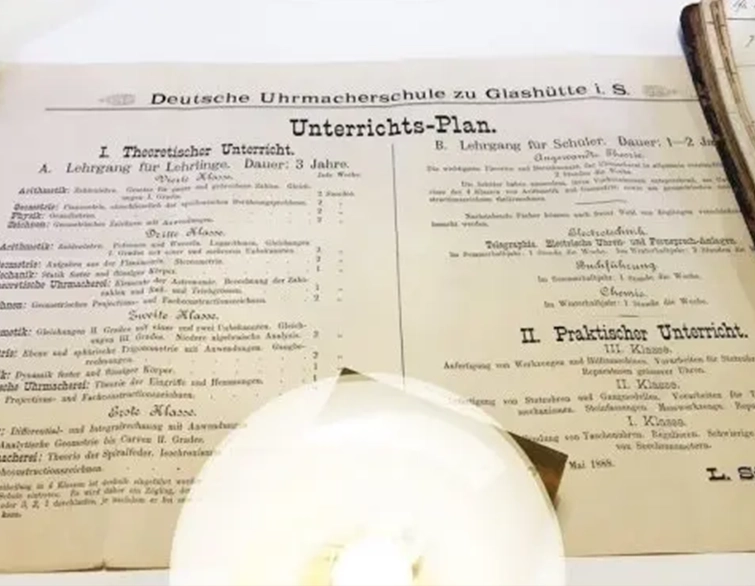
Over the decades, Glashütte became famous for high-precision pocket watches. In the 1940s, for example, ship chronometers and the well-known pilot's watches in the so-called observation watch design were also produced there.
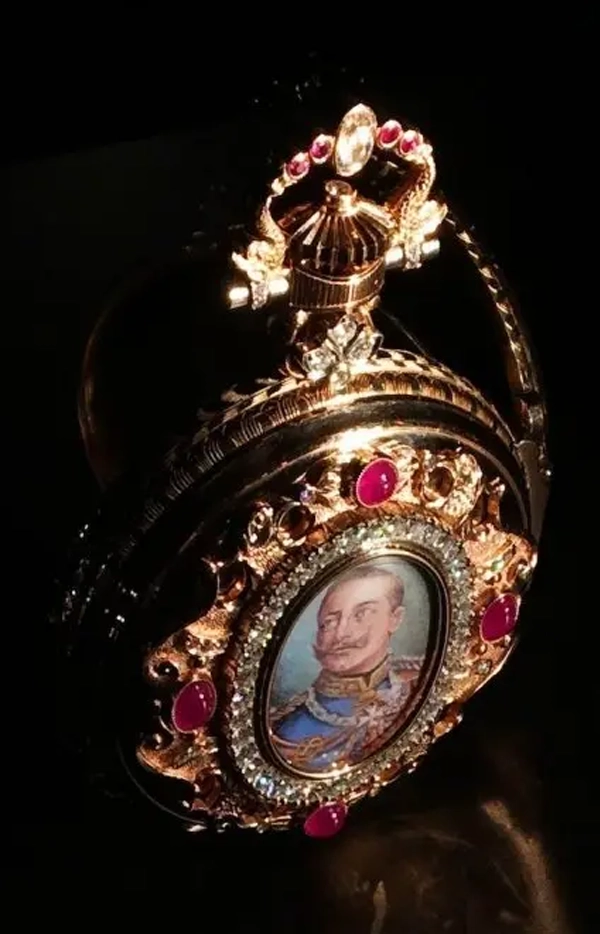
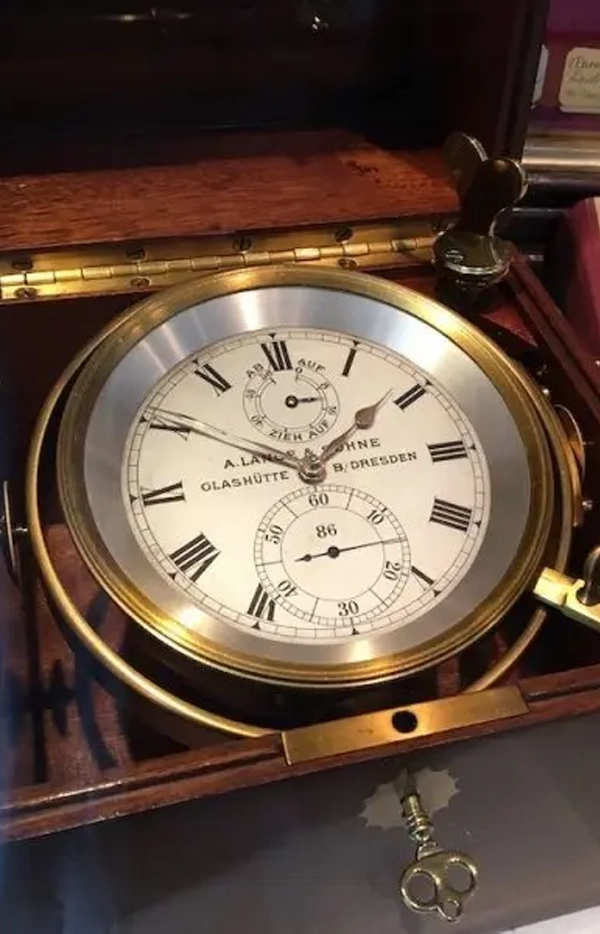
After the end of the Second World War, almost all of the production facilities were dismantled as reparations and taken to the Soviet Union. The Soviets also had their watchmakers trained in Glashütte from then on. At the same time, most of the watchmakers from Glashütte were expropriated by the occupying forces and merged into the state-owned enterprise (VEB) Glashütter Uhrenbetriebe (GUB) from 1951. The high-quality small series production with which Glashütte had become famous thus came to a temporary end: industrial mass production moved into the small town, with up to 2,500 employees working in GUB production.
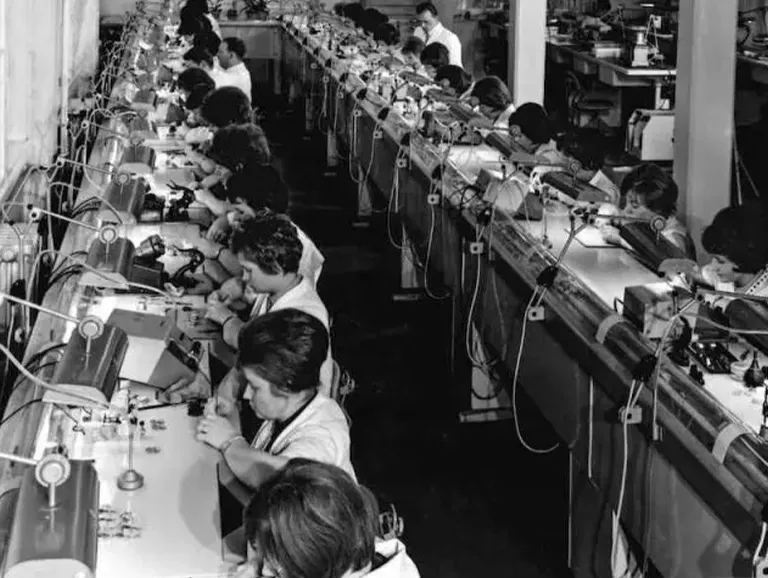
After reunification, various entrepreneurs, including the great-grandson of Ferdinand Adolph Lange, led the Glashütte watch industry on a new course towards fine watchmaking. Alongside Lange & Söhne, Glashütte Original, the legal successor to GUB, also played a key role in this development.
The plan worked: Today, watches with the finest mechanics from manufacturers such as Lange & Söhne or Glashütte Original can be found in the high-priced luxury segment - in certain cases, the price tag of a watch even exceeds the millions...
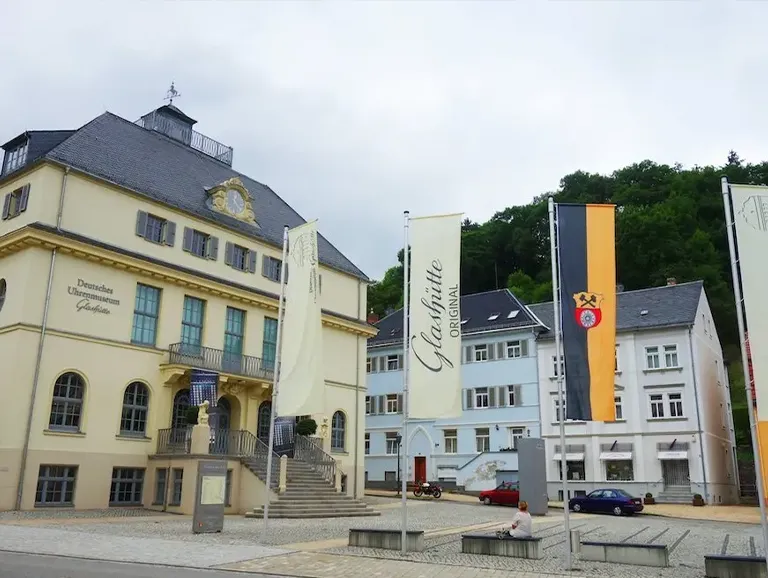
German watch industry in the southwest
The gold town of Pforzheim and the Black Forest
Margrave Karl-Friedrich von Baden founded the watch and jewelry industry in Pforzheim in 1767 - long before the watch industry in Glashütte gained strength. With the support of a Swiss-French watchmaking duo, a watch factory was set up in the local orphanage to employ the orphans. Somewhat later, the factory was expanded to include the manufacture of jewelry, whereupon the focus of production shifted over the coming years.
From 1920, however, the manufacture of watches in Pforzheim experienced a renaissance: the town on the northern edge of the Black Forest became one of the most important centers of the German watch industry and jewelry manufacture in the world, to which the nickname "Goldstadt" refers. People abroad also spoke respectfully of "Little Geneva".
During this time, numerous factories were established, including Pforzheimer Uhren-Rohwerke GmbH (PUW), founded in 1933 by master watchmaker Rudolf Wehner, which produced and successfully sold mechanical movements developed in-house just one year after it was founded. Thanks to their long-lasting quality and precise rate values, the movements also enjoyed an excellent international reputation.
As in Glashütte, the post-war years in Pforzheim proved to be extremely difficult - many factories were destroyed and production facilities were dismantled by the victorious powers. However, many entrepreneurs such as PUW founder Rudolf Wehner defied the adverse circumstances and rebuilt the town and the production facilities.
The work paid off: many Pforzheim watch factories became more successful than ever in the post-war years. In the 1970s, almost 30,000 people were once again employed in the watch industry in Pforzheim, producing mechanical watches efficiently and to a high standard of quality in large series. However, just like in the rest of the Black Forest, many companies and jobs in the watch industry disappeared in Pforzheim due to the rise of quartz watches and the associated quartz crisis.
Today, however, numerous traditional and younger brands are once again active in Pforzheim and the surrounding area. The Goldstadt continues to offer excellent conditions for building high-quality watches "Made in Germany", including case and dial manufacturers. Pforzheim is also home to a goldsmith and watchmaking school, the German Watch and Jewelry Association and the Technical Museum of the Pforzheim Jewelry and Watch Industry.
In keeping with the Pforzheim tradition, the prices for watches from the golden city are generally comparatively affordable today and therefore offer an excellent introduction to the world of high-quality watches made in Germany. Circula also follows this path with the SuperSport or AquaSport II, for example.
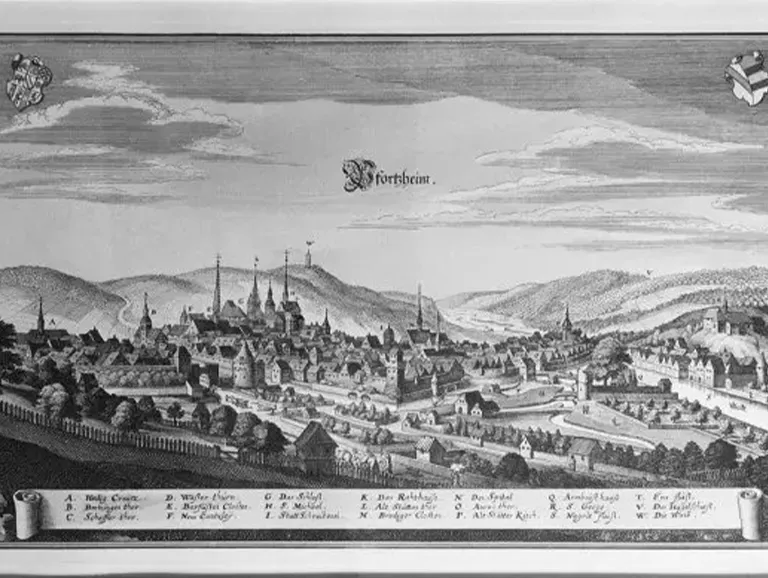
Watch industry in the Black Forest
Since the second half of the 18th century, wooden clocks have been produced in large numbers in many small workshops in the Baden part of the Black Forest. Thanks to the early division of labor and simplified construction, alarm clocks, grandfather clocks and wall clocks from the Black Forest were internationally successful due to their low prices and high quality. The basis for this was the cheap and easy-to-process raw material wood, which was available in large quantities virtually on the doorstep. Wooden clockmaking was a free trade that anyone was allowed to pursue. The manufacture of metal clocks, on the other hand, was subject to guild rules and was restricted exclusively to urban clockmakers. At the beginning of the 20th century, the alarm clock in a sheet metal case became the flagship product of the Black Forest clock industry, which could be produced efficiently and in high quality in industrial mass production according to the American model.
Watch industry in Schwenningen
Schwenningen, which was once known as the largest watchmaking town in the world, was particularly influential for the watch industry in the Black Forest. As early as the beginning of the 20th century, the people of Schwenningen traded intensively in clocks and manufactured their own clocks in metal cases in small factories. In 1900, the State School of Precision Engineering, which still exists today, was founded in Schwenningen as the Royal Württemberg Technical College for Precision Mechanics, Electromechanics and Watchmaking. The watch industry in Schwenningen was extremely successful - at its peak, from 1954 to 1963, there were well over 200 companies operating in the Schwenningen watch industry.
However, after the two world wars and the quartz crisis, the Black Forest watch industry did not regain its former strength. Nevertheless, there are still numerous manufacturers of large clocks and mechanical movements in the Black Forest today.
